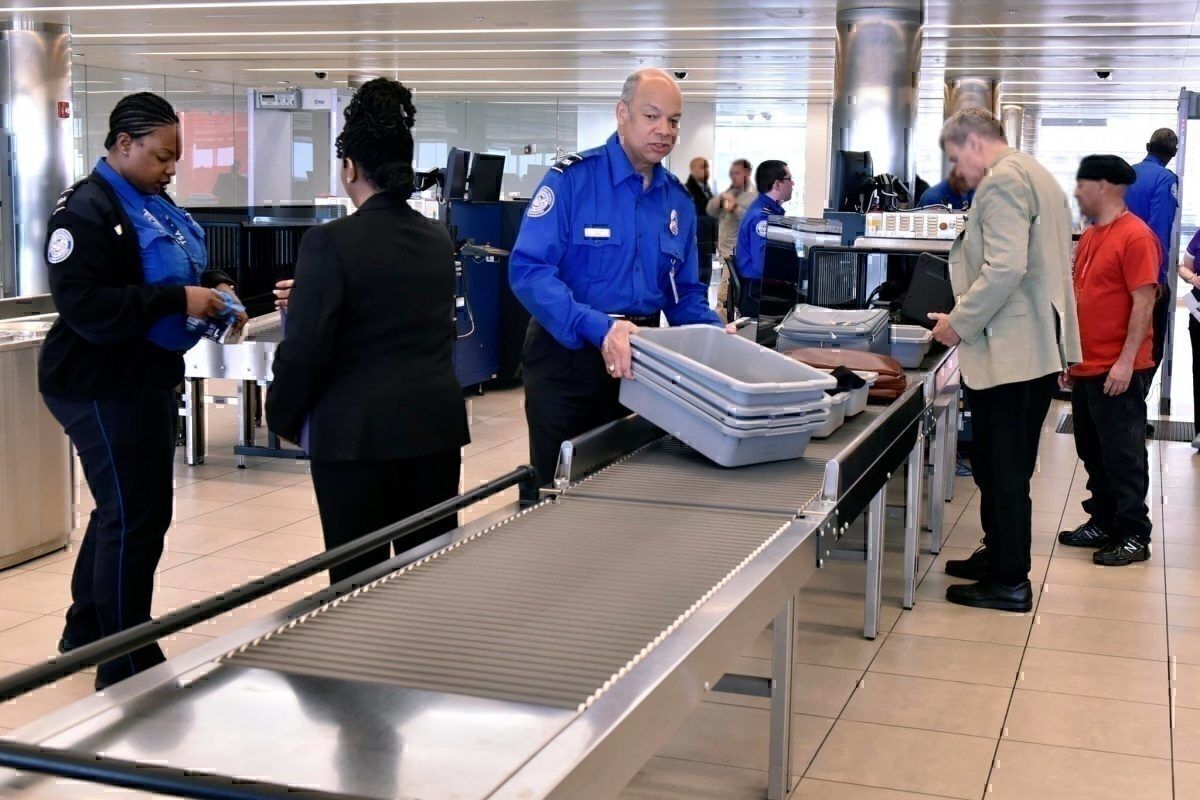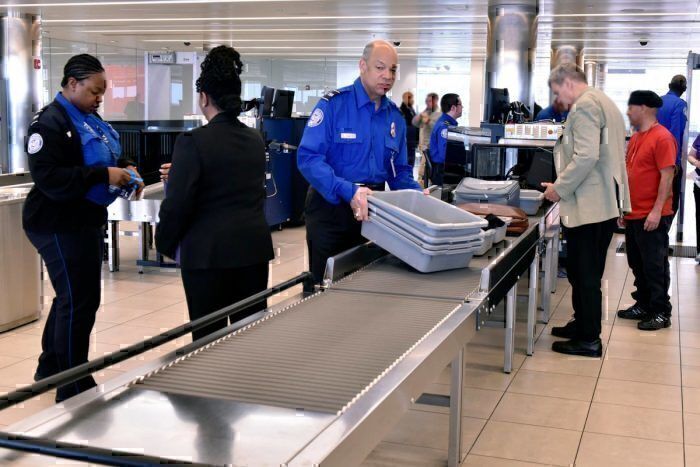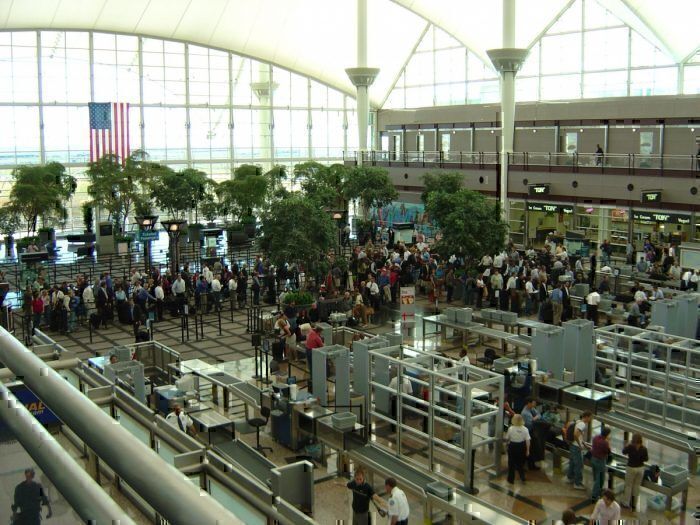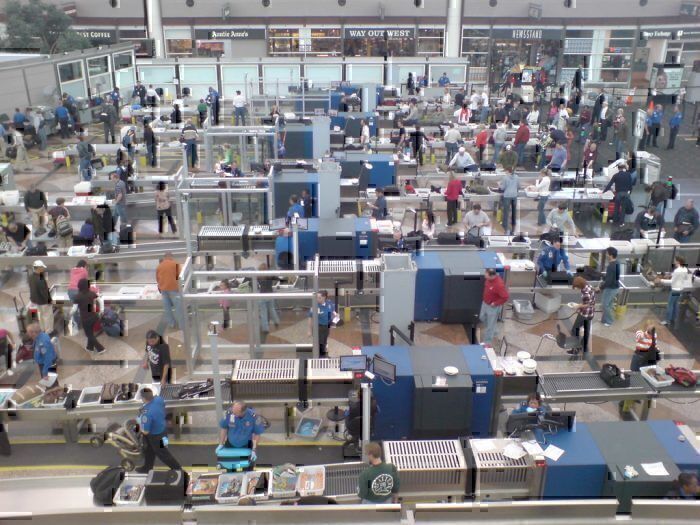This policy seems fairly straightforward and denies crew members the luxury of wearing more comfortable clothing of their choice until they are closer to the aircraft. Rather, they must be in uniform essentially when they show up at the airport.
Secondly, the day before the uniform policy, on August 27th, there will be an "automated enhancement" to Unpredictable Screening Procedures (USP) in effect:
"This enhancement will include retention of the Crewmember selection for USP for a period of time at all KCM access points in that airport. NOTE: If the selected Crewmember exits the sterile area and attempts to reenter through a KCM access point during this time period, they will continue to be identified for USP."
Why the changes?
One Mile at a Time points out how quickly the changes have been put into effect. With such little notice and no input from the pilot's union or Airlines for America, they make a good point that this swift policy implementation could very well be a response to a specific threat.
In recent history, there are a few short-notice security changes that have been implemented based on a credible threat. These threats usually come from highly confidential intelligence sources and thus little background information is given.
In March 2017, security was beefed up on Eurostar services from Brussels to London after police were given warning of a potential terror threat that targeted passengers. As a result, travelers were forced to discard liquids at short notice. This happened on the day Theresa May's Brexit letter was handed over to the EU in London.
The week before, the United Kingdom, as well as the United States, implemented a laptop ban. The ban also included other large electronic devices in airline cabin baggage. This ban only applied to flights coming from Turkey, Lebanon, Egypt, Saudi Arabia, Jordan and Tunisia.
At the time, the Association of Asia Pacific Airlines (AAPA) expressed its frustrations and issued a public statement saying:
“Implemented at short notice without prior consultation with the airline industry, this has led to scenes of confusion at affected airports, as airlines scramble to comply with the new directives whilst at the same time, addressing unhappy passengers who can no longer have the use of their devices in the aircraft cabin."
About KCM
According to their website, the Known Crewmember® (KCM) program is a "joint initiative between Airlines for America (A4A) and the Air Line Pilots Association, Int’l (ALPA)."
KCM links airline employee databases together. Furthermore, it enables the Transportation Security Administration (TSA) personnel to "verify the identity and employment status of crewmembers".
In its current form, KCM has been in effect since March 2011. It was implemented as an effort to remove airline pilots from passenger screening lines. The Department of Homeland Security and the White House had approved KCM at the time.
Conclusion
Due to the sensitive nature of counter-terrorism efforts, we'll never know the full story behind these new policies.
As One Mile at a Time points out, it's a mystery as to why the TSA or KCM wouldn't scan and screen crew members using biometric data. The relative uniqueness of fingerprints should be able to quickly and accurately confirm crew identities.
We reached out to the Known Crewmember program for more background but we haven't heard back from them yet.




